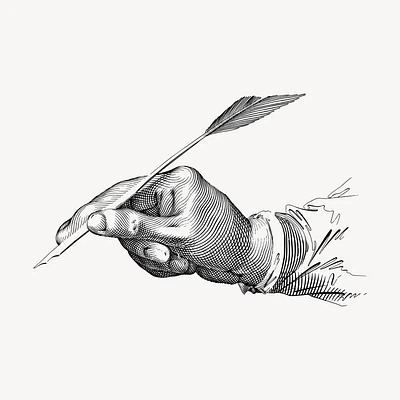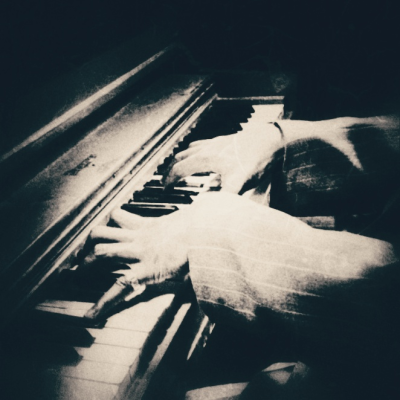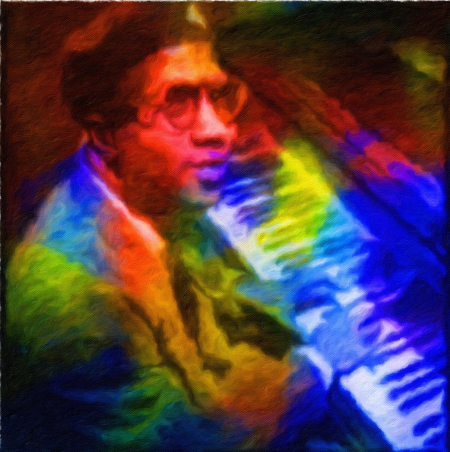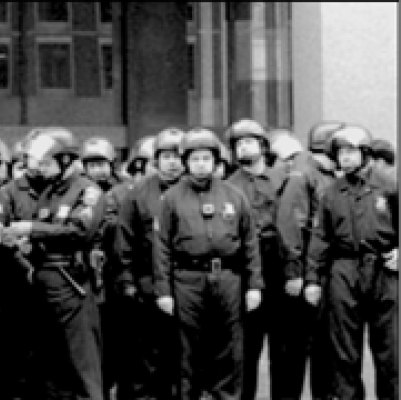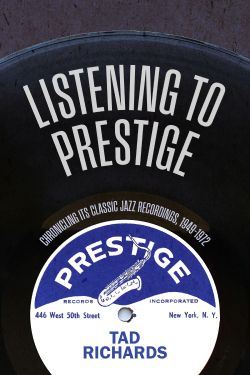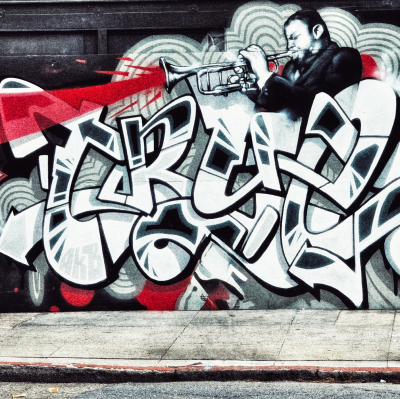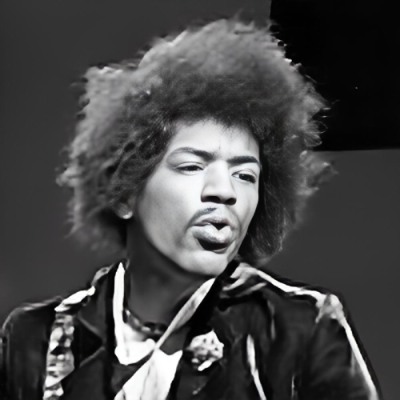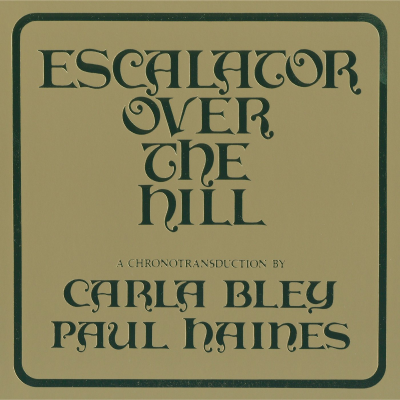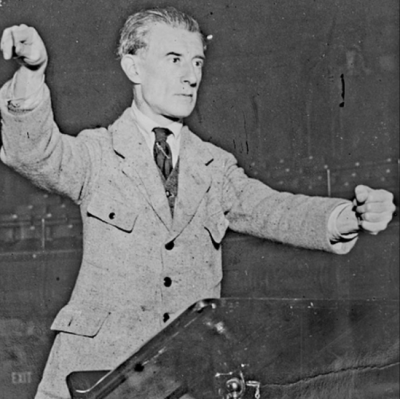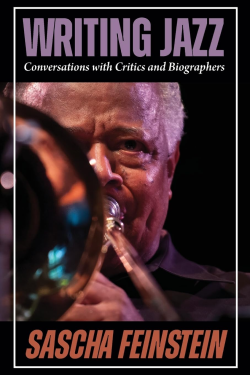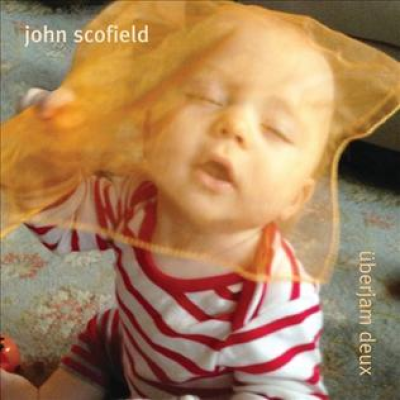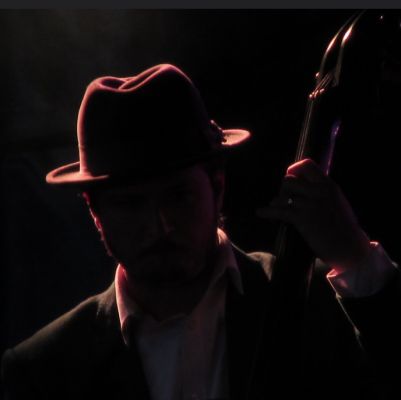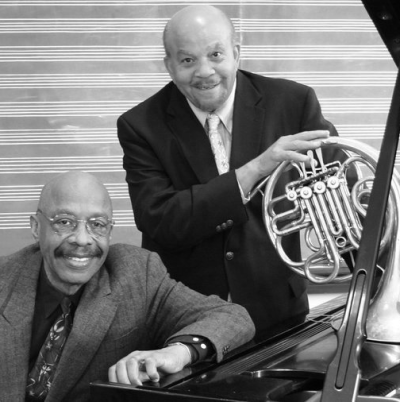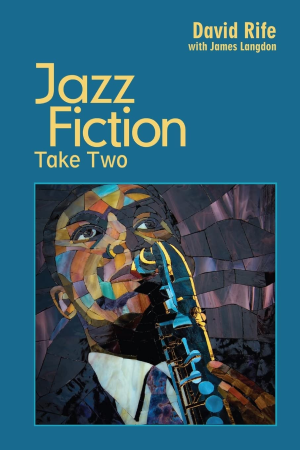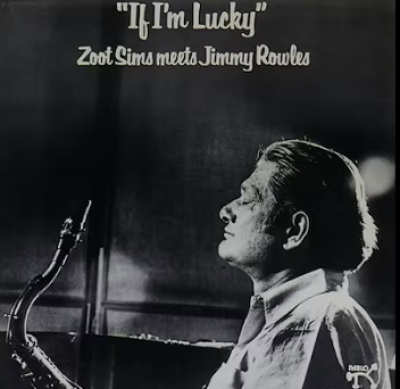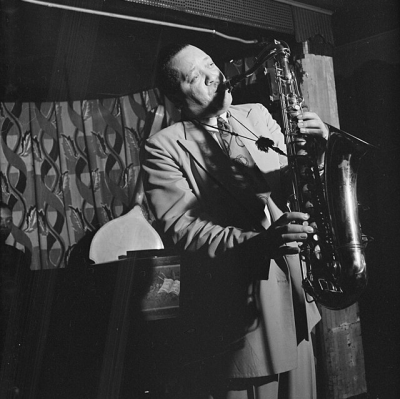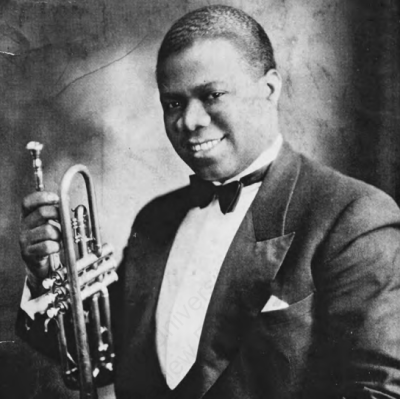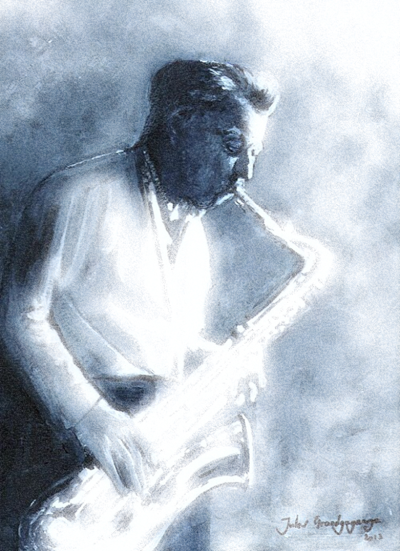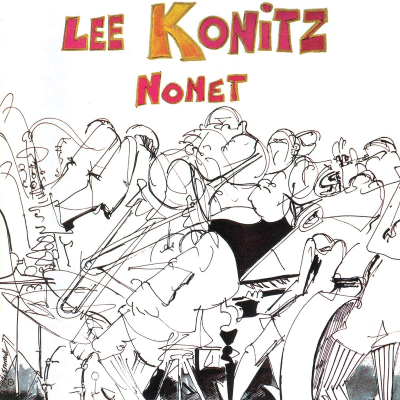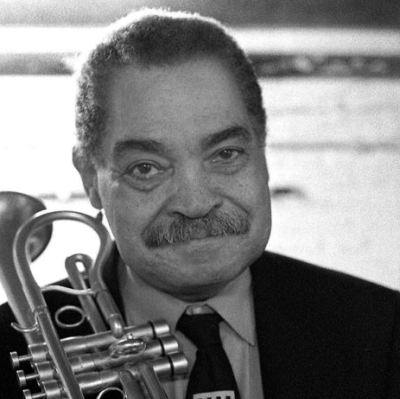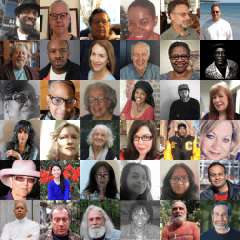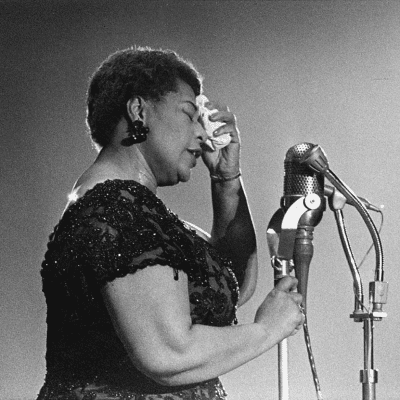.
.
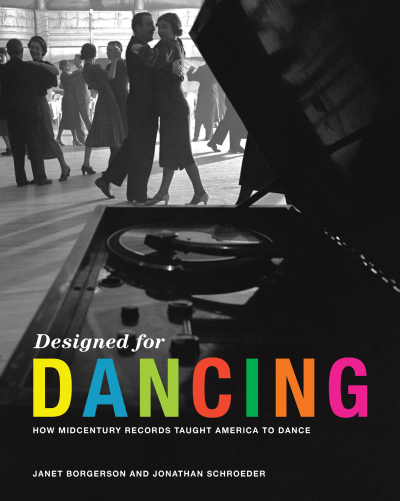
.
.
…..In Designed for Dancing: How Midcentury Records Taught America to Dance, vinyl record aficionados Janet Borgerson and Jonathan Schroeder celebrate dance records of the 1950s and 1960s as expressions of midcentury identity, fantasy, and desire. The stories begin with the memorable and striking album covers which were central to the way records were produced and promoted.
…..The authors write that “dancing allowed people to sample aspirational lifestyles, whether at the Plaza or in a smoky Parisian café, and to affirm ancestral identities with Irish, Polish, or Greek folk dancing. Dance records invited consumers to dance in the footsteps of the Other with ‘hot’ Latin music, Afro-Caribbean rhythms, and Hawaiian hulas.
…..“Bought at a local supermarket, department store, or record shop, and listened to in the privacy of home, midcentury dance records offered instruction in how to dance, how to dress, how to date, and how to discover cool new music—lessons for harmonizing with the rest of postwar America.”
…..In this excerpt, the authors write about influential midcentury Latin-themed dance albums.
.
.
___
.
.
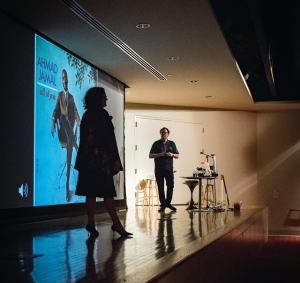
Janet Borgerson and Jonathan Schroeder are a creative team – writing, teaching, and collecting vinyl records together for over 25 years. They are co-authors of Designed for Dancing: How Midcentury Records Taught America to Dance and Designed for Hi-Fi Living: The Vinyl LP in Midcentury America, which was named a best book of 2017 by the Financial Times and a best music book of 2017 by Vinyl Factory.
.
.
Praise for the book
.
“What an extraordinary accomplishment — this is a game changer for our understanding of mid-century America.”
–Penny Von Eschen, William R. Kenan, Jr. Professor of American Studies, University of Virginia
.
“An intriguing look at social dance culture through a material lens. For scholars and aficionados of mid-20th-century popular culture.”
–Library Journal
.
“From hula to rock and roll, belly dance to square dance, tango to Polish polka, Borgerson and Schroeder provide a treasure trove of information, research, and warm memories!”
–Anthony Shay, Professor of Dance and Cultural Studies, Pomona College, California
.
.
The authors have created a Spotify playlist – “Designed for Dancing – Latin” – featuring much of the music discussed in this excerpt, and can be accessed at the conclusion of this excerpt.
A selection of album covers featured in the book can be found at their website by clicking here
.
.
Excerpted from Designed for Dancing: How Midcentury Records Taught America to Dance, by Janet Borgerson and Jonathan Schroeder is used by permission of the authors, and MIT Press.
.
.
___
.
.
…..Anyone who spends time exploring the “Latin” sections of used record bins may be surprised by the seemingly endless variety of midcentury Latin albums: dance, pre-Castro Cuba, travel promotion, and music all over the map from Caribbean, Mexican, Puerto Rican, Latin American, and South American performers. Mainstream American singers were encouraged to “go Latin,” helping explain the scores of Latin-themed LPs such as Nat King Cole’s Cole Español, Dino Latino (from Dean Martin), and Doris Day’s Latin for Lovers.
…..On the classic and collectible cover of The Dancing Beat of the Latin Bands, her Bata Cubana regalia pulled open to reveal her fishnet tights, the dancing model’s head rises just above the names of six Latin American bandleaders, a trio of percussionists just out of focus in the background. With her ruffled skirt and sleeves, she bears some similarity to a female dancing emoji. With music from Perez Prado, Xavier Cugat, Tito Puente, Juan Garciá Esquivel, Luis Arcaraz, and Russ Garcia, the LP offers a stereo sampler some of the biggest names of 1950s Latin music. Arcaraz, a leading composer and bandleader in his home country of Mexico, brings his lush, big band sound; Garcia, from the US, was a versatile arranger and composer for stage and screen whose work his whimsical Fantastica: The Music from Outer Space. Prado and Arcaraz had both appeared Cha-Cha-Cha-Boom, one of Hollywood’s first Cha Cha Cha films.
…..Esquivel, the Mexican bandleader and music impresario, anticipated the dispersal and later developments of Latin music. The Dancing Beat of the Latin Bands also includes Prado’s hit “Guaglione,” and Garcia’s samba “Carioca.” On his memorable tunes “Boulevard of Broken Dreams” and “Adios,” the prince of exotic Latin pop includes echoes, groovy voices zu-zu-ing behind the beat, with sound zooming from left to right, dramatically demonstrating the still new stereo dimension. The sound of this early stereo LP is magnificent.
…..In Designed for Dancing: How Midcentury Records Taught America to Dance, we reflect on the role of dance records and their covers in the midcentury imagination and their significance in the story of American identity. By dance records we mean records for social dancing, intended to accompany, celebrate, and teach popular dances of the day. Dance records provided listeners with dance lessons, as well as lessons in how to dress, date, and discover diverse musical styles, opening spaces for fashion, romance, and cultural understanding. They also helped introduce a postwar public to the hip sways and horizons of dancing, including new ways of engaging friends and family, as well as wider communities in one’s home town and in countries around the globe.
…..In our previous book, Designed for Hi-Fi Living: The Vinyl LP in Midcentury America, we argued that midcentury record album covers from the 1950s and 1960s offered postwar America alluring lessons and modernist visions for achieving contemporary lifestyles, fueled by an economy of abundance, choice, and consumer sovereignty. The ideal home, the ideal living room, the ideal romance, honeymoon, and family, not to mention the Cold War victories in the kitchen and in outer space, all were visible, tangible, achievable, in the fantastical frame of the record cover.
…..But, what of the fun and colorful Twist and Hula records, nostalgic folk dance albums, and suggestive Cha Cha Cha and Mambo LPs from this era? Would these vintage dance records, filled with dancing bodies in motion, reflect similar themes? What would they tell us about the convergence of dancing, music, and midcentury identity? We set out to investigate.
…..We assembled a wide variety of illustrative examples, turning again to a large vinyl archive, which we have collected over thirty years. We discuss record cover design and photography, as well as liner notes and music, to illuminate how dance records encouraged cultural confidence and greater ease with cosmopolitan identities, leading the US postwar population onto the dance floor and out into the wider world.
.
Latin Dance Records from the 1950s and 1960s
.
…..Dance records offered connections to sophisticated, fantasy lifestyles and a look into distant lands and exotic cultures, but homegrown, hometown, more local virtues and values also made earnest appearances. More than minor artifacts of material culture, dance records from the 1950s and 1960s were a leading entertainment and information distribution format – a central aspect of midcentury media. “Dancing Latin” implied moving bodies expressing desire, emotion, and physical prowess. Popular versions of “Latin” dancing often obsessed about how the hips moved. When taught by the American ballroom dance industry, Latin dances, beyond the typical emphasis on posture and reproducing particular steps, focused on hip movements. Hips were “hot.”
…..Latin dance helped shape American identity. The term Latin refers to a wide range of music and dance, loosely relating to the scope of Spanish colonization. Liner notes mention, but are just as likely to shade, the presence of slavery and colonialism at the roots of racial and Latin musical mixing. The African diaspora – particularly in the context of four hundred years of slavery – represents the core of Latin American popular music history. According to cultural historian John Chasteen, “African lineage-based social organization” and affiliations formed around language groups that birthed “neo-African nations,” for example in Rio and Havana. These “nations” created the foundations of social groups that often included dance in their celebrations and other gatherings, and are important for understanding Latin dance, as it developed in the 20th century.
…..Fun – but, fun fraught with the freight of history – midcentury Latin LPs encompass imagery that takes inspiration from South America, Spain, and the Caribbean, often in clichéd, exoticized forms. Visions of “hot” Latin dance fire up stereotypes of Latin Americans as passionate and impulsive. Drawing on the power of this exotic figure whose passionate hips offered dance floor mania, Latin dancing in midcentury America represented a vaguely dangerous escape from mainstream manners.
…..Further, “fun” frequently meant female: many Latin album covers feature glamourous, “native” dancers, celebrating the music, demonstrating the dance, and often soliciting a sexist gaze. The focus of many Latin dance LPs, the Morena, described as a “dark” woman, partly African or indigenous, familiar, yet attractively alien, reflects a long colonial history.
…..For some, dancing Latin could be an arena for bodily experimentation. Following the lead of the album cover Morena by dancing Latin could mean embodying the hot Latin dancer, assuming a different identity – at least during the dance. Indeed, Latin dance pulses with an underlying beat of transgression, as Chasteen points out: “Desire that crosses lines of race and class has always been transgressive in Latin America, and in most societies the world over. Those who benefit from a given social order makes rules designed to maintain it, and these rules make line-crossing transgressive.” The passion and erotic potential expressed through so many Latin dance record covers may be as due to the transgression of line-crossing as to the dance movements themselves.
…..As Latin dances migrated from nightclubs and street celebrations into American ballrooms and dance studios, and became a staple of television dance programs and Hollywood films, they were often “tamed” in transition. Latin dances were incorporated into the standard repertoire of social dance. Not surprisingly, commercial concerns influenced the rise of Latin dancing in the 1950s, including the potential to sell Latin dance lessons. Midcentury Latin records, which helped market Latin dance, often simplified the dances, but many offered sincere attempts to teach the steps, along with detailed, if at times, deluded, efforts to explain their origins.
…..Three musicians loomed large on the US Latin dance music scene during its 1950s glory years: Perez Prado, Tito Puente, and Tito Rodriguez. Along with celebrated figures such as Desi Arnaz and Xavier Cugat, they embodied a popular, and at times caricatured, Latin identity. Puente, who performed with the groundbreaking Afro-Cuban band of Machito, and Rodriguez, a veteran of Xavier Cugat’s orchestra, held court at the Palladium nightclub in New York City. Prado grew famous for his film appearances. These successful musicians personified Latin music, for whites and Latinos alike, throughout the US.
…..Tito Puente’s Dancing Under Latin Skies offers a set of instrumental dance music, set to a travel theme, with tunes “Acapulco,” “Brazil,” “and “Port-au-Pleasure” – wherever that is. The notes reinforce the tour motif: “Imagine yourself on a pleasure cruise through the blue waters of the Caribbean. The night is warm and so are the rhythms, while the atmosphere is joyfully alive with the spirit of good living just for the fun of it. On deck under the brilliant stars, playing for your enjoyment, is the great band of Tito Puente. This album is like that.” The cover might be a scene from the nightly cabaret show, with dancers in bolero jackets and gold lamé bustiers demonstrating the latest Latin moves.
…..From Puerto Rico, but associated with Cuban music throughout his career, Puente leads his orchestra through Latin classics, including boleros, mambos, and sambas, done in easy, cruise-worthy, Cha Cha Cha style. Puente produced over a hundred albums, and was consistently innovating; he introduced the marimba to Cuban music, and broke new ground with Afro-Cuban drumming. The notes concur: “Wherever you are, Latin skies are overhead when you dance to the brilliant music of Tito Puente and his orchestra.”
…..The notes for Take Me Dancing! introduce the record with: “This is not just another Latin-American dance set. It is something much more. This collection introduces the American public to rare musicians whose imagination and explorations open new vistas in rhythm and sound.” With music from Astor Piazzolla (the record misspells his name), the album offers a “program of total dance rhythm to present both American popular standards as well as new compositions.” Piazzolla was celebrated for introducing and enthusiastically promoting nuevo tango, which mixes aspects of classical music, jazz, and traditional tango. In the words of historian Louis A. Pérez, Jr., Piazzolla “used the format to introduce dissonance and chromatic harmony and to use a much wider range of rhythm than traditional tango allowed. And while retaining tango’s essential romanticism, he stretched and eventually abandoned traditional tango song forms.”
…..Piazzolla grew up in New York City and spent much of his life in his Argentinian homeland. He became synonymous with tango for many Americans, as indicated in the album’s liner notes: “paradoxically, Piazzolla, who from the beginnings with the tango scorned the dancers, composing and playing a tango only for listeners, couldn’t avoid the fact that his music was used by dancers around the world.” On Take Me Dancing!, he fuses jazz with tango, anchored with his virtuoso bandoneon (a key tango instrumental ingredient, similar to an accordion), adding the distinctive vibraphone of Eddie Costa and electric guitar by Al Caiola, along with Chet Amsterdam on contrabass.
…..The cover was shot by Raymond Jacobs, who regularly photographed for Esquire, Fortune, Glamour, and Harper’s Bazaar and became noted for celebrity photographs of musicians such as Louis Armstrong, Billie Holiday, and Eartha Kitt. Jacobs contributed to the well-known “Family of Man” exhibition, and his work is in the Museum of Modern Art’s collection. Take Me Dancing! shows a dancing couple, his dark suit accessorized with a red vest that matches her bright, high-cowled dress and heels, locked in a Tango embrace, against a brilliant scarlet background, their faces inches apart, eyes locked in congenial concentration. The songs include several compositions by Piazzolla, including “Contratiempo” and “Boricua,” as well as jazz standards “Lullaby of Birdland” and “Sophisticated Lady.”
…..That’s Mary Tyler Moore on the cover of Latin Favorites, dressed the part, with her bright pink and orange dancing costume adorned with gold sequins. In Moore’s first television appearance, she played Happy Hotpoint, an elf-like dancer for Hotpoint appliance ads. Her dancer’s figure, dark eyes, and dark hair, seemed to make her an appropriate model for “going Latin,” despite her Northern European heritage. Moore appears in the same outfit on several other LPs, including Miguelito Valdez! – Playing His World Famous Latin Rhythms and Cha Cha Cha by Raoul Martinez.
…..Like most of Craftsmen’s covers, Latin Favorites used a circle within a square design, so the photograph mimics the shape of the record within. The brief notes warn: “In America, – the springboard for Latin music’s world conquest – you better be up on your samba, mambo and cha-cha-cha, or stay off the dance floor.” But Latin Favorites offers a solution – “By the way, how are you at Latin steps? If you’re a bit rusty, then here’s an album of excellent dance music ideally suited to helping you brush up.”
…..Latin Favorites provides no information about the musicians, but by closely listening one can discern that the package included previously released recordings of “Mambo Jambo,” by Terry Snyder and the All Stars, “Mira Como Los Pollos,” by Jack Costanzo (from his LP Mr. Bongo Plays In Hi-Fi Cha Cha Cha), and “Mambo #5,” by none other than Tito Rodriquez and his Orchestra. With these well-known musicians furnishing the tunes, Latin Rhythms makes a respectable introductory Latin sampler.
…..Tito Rodriguez and his Orchestra’s West Side Beat, taps into the success of West Side Story, the modern updating of Shakespeare’s tale of doomed romance, Romeo and Juliet. With lyrics by Stephen Sondheim, music by Leonard Bernstein, and choreography (and co-direction) by Jerome Robbins, West Side Story utilized the Mambo to showcase the Latin vs. White conflicts at the heart of the story, as well as providing that fatal moment when star-crossed love blooms when Maria spots Tony.
…..The cover includes four still photographs from the pivotal “Mambo” scene in the West Side Story film, one of Rodriguez and his longtime dancer Martha Correa doing that year’s big dance, the Twist, by Maurice Seymour studio. West Side Beat includes “West Side Story’s “Maria,” and “Tonight,” a selection of Spanish languages numbers, as well as “Voulez Vou Cha Cha.”
…..Today, Latin music is bigger than ever, although many of the Latin dances were swallowed up by salsa. Midcentury Latin dance albums capture the heyday of Latin music, when Prado, Puente, and Rodriguez ruled dancefloors and dominated record shops.
.
.
___
.
.
Excerpt from Designed for Dancing: How Midcentury Records Taught America to Dance, by Janet Borgerson and Jonathan Schroeder is used by permission of the authors, and MIT Press.
Click here to view a selection of album covers featured in the book.
The authors have created this Spotify playlist – “Designed for Dancing – Latin” – featuring much of the music discussed in this excerpt.
.
.
.





